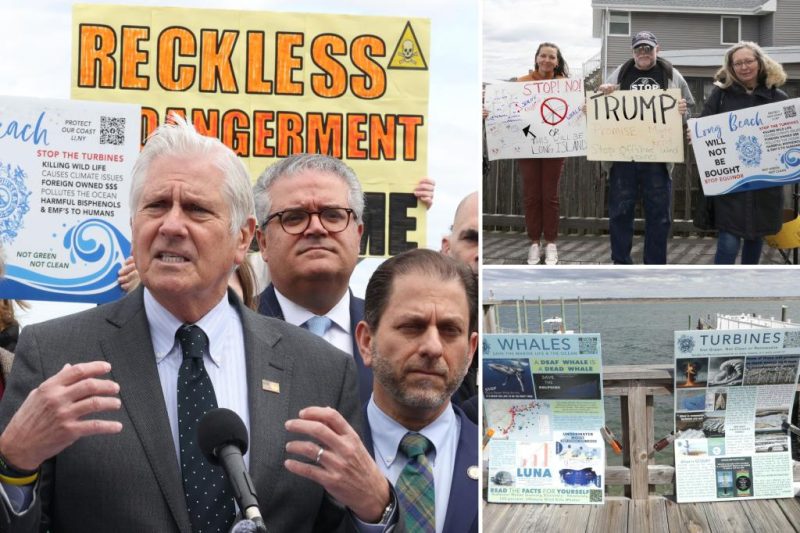
The Trump administration’s legacy continues to cast a long shadow, even beyond its official end. A recent decision to halt construction of a significant wind farm project off the coast of Long Island serves as a stark reminder of the ongoing battles surrounding renewable energy initiatives in the United States. The administration cited concerns about the speed at which permits were issued, claiming they were ‘rushed’ and lacked sufficient environmental review. This move has dealt a significant blow to New York’s ambitious green energy goals and ignited a fresh round of debate about the balance between environmental protection and economic development.
This decision isn’t simply about a single wind farm; it represents a broader challenge to the expansion of renewable energy projects across the country. Supporters of the project argue that the delay will not only hinder New York’s progress towards a cleaner energy future, but also negatively impact the economic benefits associated with the construction and operation of the wind farm, including job creation and investment in local communities. The controversy highlights the ongoing political polarization surrounding climate change and the challenges of navigating the complex regulatory landscape for large-scale renewable energy projects.
Critics of the Trump administration’s actions point to a pattern of hindering environmental regulations and initiatives, arguing that such decisions undermine efforts to address climate change and transition to a more sustainable energy system. The debate extends beyond the immediate implications of this specific project, raising larger questions about the future of renewable energy development in the face of political opposition and regulatory hurdles. The outcome of this dispute will undoubtedly have implications for similar projects across the nation, setting a precedent for future environmental reviews and regulatory approvals.
The Long Island wind farm project, therefore, becomes more than just a local issue; it symbolizes a larger struggle over the direction of energy policy and the commitment to tackling climate change. The future of this project, and others like it, remains uncertain, leaving a lingering question mark over the nation’s ability to achieve its ambitious climate goals.










